Modified Proctor Test
Modified Proctor Test | Standard Proctor vs Modified Proctor | Modified Proctor Test Procedure
Modified Proctor Test
Modified Proctor Test is performed to know the characteristics of soil through compaction with change in water content ultimately giving us the relation between dry density
and moisture content.
It is a modified version of the Standard Proctor Test.
Modified Proctor Compaction Test is generally performed in the circumstances of heavy consolidation hence also known as Consolidation Test.
Bearing capacity and shear stress are the properties of interest for performing the Modified Proctor Test.
Need For Modified Proctor Test
Following are the various necessities for performing Modified Proctor Test;
Soil bearing capacity is play important role in designing any structure for construction.
The bearing capacity of soil must testest before any construction is actually started.
Soil bearing capacity indicates the strength of soil at the construction site.
In case, if the soil bearing capacity is not sufficient to take the load of the structure, for this problem we can adopt two probable solutions.
Firstly, we can increase the foundation depth up to hard strata available at deep depth, so that a load of the structure can be transferred to hard strata which is available at
greater depth in the soil.
Secondly, we can go for soil-bearing capacity improvement methods.
There are various methods of bearing capacity of soil enhancement available, but soil compaction with a roller is the most popular method which is adopted in most cases.
The soil compaction is performed to increase the bearing capacity of soil by improving the density of soil with mechanical forces.
Compaction of soil increase soil density parameter by reducing the air voids left between soil particles.
The modified proctor test is popularly used to find out the degree of compaction of various soil types and properties by adding different water content in the soil.
This test is also used to find out the correlation between dry density and soil water content.
The compaction of soil is mainly sone to improve its shear stress in the soil by minimizing the compressibility and permeability of the soil.
These tests are also called heavy compaction sol tests and are mostly used at the place where heavy soil compaction is required.
Modified Proctor Test Apparatus
Cylindrical shaped mould having inside diameter about10 cmand volume is equal to 1000 cu. cm or inside diameter 15cm and volume is equal to 2250 cu. cm.
Oven which is thermostatically controlled and can keep samples at 105° C and 110° C temperatures continuously.
A Sample Extruder Tool
Sieve of standard size – 19 mm, 75 mm,
Capacity balance of 15 kg with accuracy of 1 gm.
Rammer having 4.5 kg (10 lbs) weight & free fall of 457 mm (18 Inches).
Moisture Containers
Straightage made of steel
Weight balance having accuracy up to 0.01 gm
Modified Proctor Test Procedure
The stepwise procedure for the revised Proctor test are as follows,
Take around 5 kg of dry soil sample.
Pass these sample of soil through 19 mm Sieve.
Add specified % of water by weight of soil sample.
Add 3% to 5% water by weight of soil sample while soil nature is gravel or sandy type and 12 to 15% water by weight of soil sample for cohesive soil like clay soil.
Measure weight of mold with attached base plate as W1.
Now, Collar assembly to the mold.
Fill the mould with soil in 3 layers such that each layers is compacted with standard rammers 25 blow.
Compaction of each layers should be done with minimum 45 cm free fall of rammer hammer which ensure proper compaction of soil in the mould.
As the soil compaction is finished with the rammner, remove top collar from the mould and level the soil sample with tool called straightage.
Measure the weight of compacted soil with the mould as W2.
Take out soil sample from mould and spread it on seperate tray.
Collect at least 3 soil sample to determine the water content of soil.
Repeat above steps by increasing or decreasing amout of water added in soil sample. Take at least 3 to 5 reading to acheive more accurate result.
Calculate Dry density of each soil sample and plot a graph betwen water content and dry density of soil.
Water content at highest dry density will give relationship between maximum dry density and optimum moisture content.
Difference Between Standard Proctor Vs Modified Proctor Test
Standard proctor vs modified proctor as follows,
In Standard Proctor test soil sample is compacted in 3 layerModified Proctor test iss whereas in the Modified Proctor Test soil sample compaction layers are 5.
In Modified Proctor Test 4.6 kg rammer is used with a free fall of 450mm while a lighter rammer of 2.5 kg is used in the Standard Proctor Test with a free fall of 300mm.
A higher value of dry density is obtained in the Modified Proctor test as compared to the Standard Proctor test.
Heavy consolidation requirement is fulfilled in Modified Proctor Test however in Standard Proctor test low consolidation is obtained.
Modified Proctor Test is best suited for structures with high dynamic and static loadings like skyscrapers and runways, on the other hand, Standard Proctor Test is suitable for the soil with
nonheavy loadings.
OMC (Optimum Moisture Content) obtained in Standard Proctor Test is higher compared to Modified Proctor Test.
*** The percentage of soil moisture content corresponding to the maximum dry density will be stated as the optimum moisture content.
*** The optimum moisture content of the soil is defined as the water content at which the soil can be compacted to the maximum dense state.


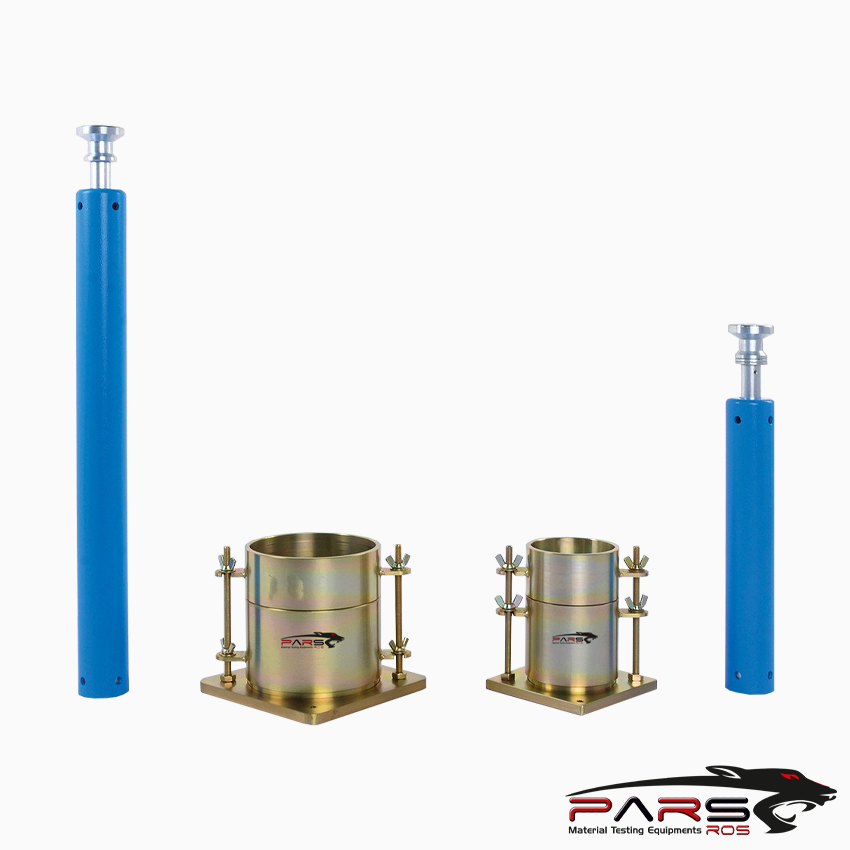
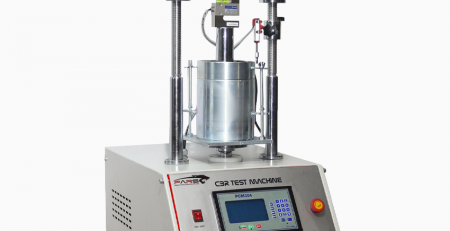
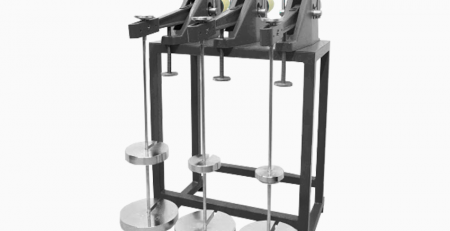
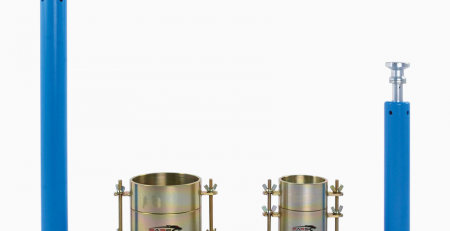
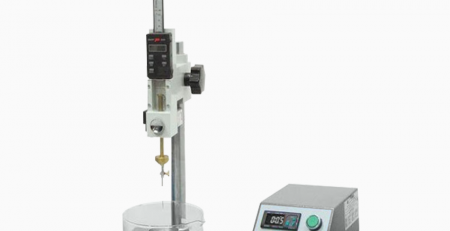
Leave a Reply
You must be logged in to post a comment.